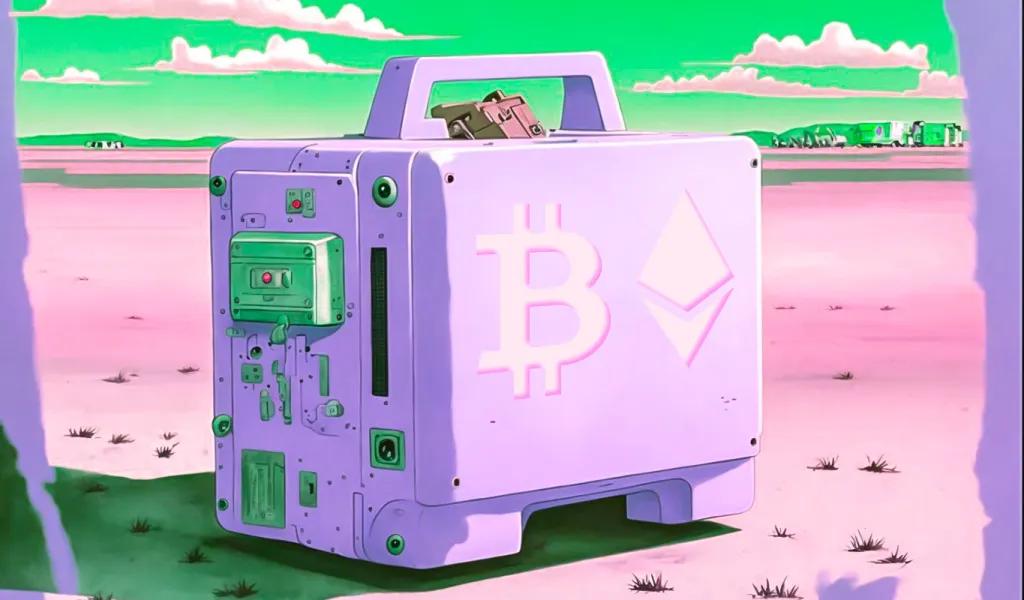
Ascending channel pattern and Ethereum options data back traders’ $5K ETH target

ETH price dropped to $4,400 during the Nov. 11 correction, but data shows traders expect the altcoin to surpass $5,000 soon.
Ether (ETH) bulls seem excited by the recent $4,870 all-time high that was hit on Nov. 10. While it was a new high in U.S. dollar terms, ETH is still 51% below June 2017’s price in Bitcoin (BTC) terms. But it’s entirely possible that the 0.155 BTC level reached in the previous cycle reflected the overzealous expectations that were rampant during the initial coin offering frenzy.
The Ethereum network’s success has caused congestion and high fees, bringing the competition closer. For example, in mid-2017, the leading “competitors” were Ethereum Classic (ETC) and NEM (XEM). Combined, those represented a mere 13% of Ether’s $37 billion market capitalization.
Today, the aggregate capitalization of Binance Coin (BNB) and Solana’s SOL stand at 32% versus Ether’s $557 billion.
At the moment, Ether is trading in an ascending channel with a target at $5,000, but bears apparently still have reasons to doubt the network’s ability to deliver Eth2 by year-end.

This year, Ethereum’s leading use case, decentralized finance (DeFi), has gathered regulators’ attention — and not in a good way. On Nov. 9, United States Securities and Exchange Commission Commissioner Caroline Crenshaw published her opinion in the article titled “DeFi risks, regulations and opportunities.” In it, she mentions that the sector lacks market protections, and she raises concerns about pseudonymity and market manipulation.
On the other hand, the value locked in the Ethereum network’s smart contracts reached a $94 billion all-time high, marking a 42% growth in three months. So, regardless of the competition or the $50 average transaction fee, there’s undoubtedly a growing demand for its DeFi, nonfungible token (NFT), oracle and decentralized marketplaces.

What is interesting is even with Ether’s positive price action, which is backed by strong usage metrics, bearish put (sell) options dominate Friday’s $700 million ETH options expiry.

At first sight, the $415 million in put (sell) options dominate the weekly expiry by 31% compared with the $285 million in call (buy) instruments. The 0.69 call-to-put ratio is deceptive because the recent rally will likely wipe out most bearish bets.
For example, if Ether’s price remains above $4,700 at 8:00 am UTC on Nov. 12, only $10 million worth of those put (sell) options will be available at the expiry. There is no value in a right to sell Ether at $4,700 if it’s trading above that price.
Bears could still tip the scale below $4,600
Below are the four most likely scenarios that consider the current price levels. In addition, the data shows how many contracts will be available on Nov. 12 for both bulls (call) and bear (put) instruments.
The imbalance favoring each side represents the theoretical profit:
- Between $4,500 and $4,600: 7,500 calls vs. 13,600 puts. The net result favors bear (put) options by $25 million.
- Between $4,600 and $4,700: 12,700 calls vs. 7,300 puts. The net result is $25 million favoring the call (bull) instruments.
- Between $4,700 and $4,800: 17,300 calls vs. 2,100 puts. The net result is $75 million favoring the call (bull) instruments.
- Above $4,800: 24,300 calls vs. 100 puts. The net result is complete dominance, with bulls profiting $115 million.
This raw estimate considers the call options being used in bullish bets and put options exclusively in neutral-to-bearish trades. Unfortunately, this oversimplification disregards more complex investment strategies.
For instance, a trader could have sold a call option, effectively gaining a negative exposure to Ether below a specific price. However, there’s no easy way to estimate this effect.
Ether price may pull back, but $5,000 remains the target
If Ether’s price holds above $4,800 on Nov. 12, bulls will net a significant $115 million. In that sense, for ETH bears, taking a $25 million loss should be considered a victory.
There’s still a chance that bears avoid losses on Nov. 12’s expiry by pressuring Ether’s price below $4,600 on Nov. 12, down a mere 3% from the current $4,750. Would that be enough to reject the ascending channel initiated three weeks ago? Not really, as there’s room for $4,500 without breaking the support level.
The views and opinions expressed here are solely those of the author and do not necessarily reflect the views of Cointelegraph. Every investment and trading move involves risk. You should conduct your own research when making a decision.
Go to Source
Author: Marcel Pechman









